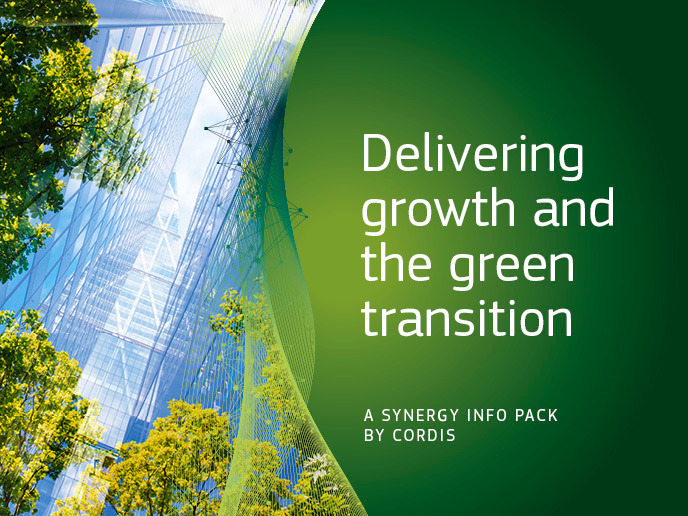Carbon capture, transport and storage in the western Mediterranean
The COMET(opens in new window) (Integrated infrastructure for CO2 transport and storage in the west Mediterranean) project was the first ever large-scale integrated study on this matter. The consortium identified the most cost-effective infrastructures for CO2 transport and geologic storage in the west Mediterranean area. Project partners also considered the development of the energy sector and other industrial activities in Morocco, Portugal and Spain. There was a particular focus on transport modes, matching sources of CO2 to sinks, safety objectives, and developing carbon capture and storage (CCS) infrastructure as part of an international cooperation policy. Researchers identified the main CO2 point sources in these three countries and produced a database of their locations. Scientists also screened potential CO2 storage sites in Spain and Portugal, taking into account the main onshore and offshore sedimentary basins. The storage capacity of each selected site was also calculated. In addition, the most cost-effective means or combination of means of CO2 transportation from the main point source to nearest storage site was identified. This could involve truck, train, ship or pipeline. A geographical information system initiative to integrate information from the three countries was also carried out. This enabled the visualisation of the physical, environmental and geographic challenges facing the development of a CO2 transport network. An analysis of Moroccan, Portuguese and Spanish energy systems was conducted and three national models developed for energy, technology and environment analyses of long-term systems. Furthermore, COMET produced a summary of available knowledge related to CO2 pipeline transport, which was published in scientific literature and reports. The detailed descriptions which resulted from the modelling work show when, where, and how much CO2 is captured, transported and stored in the different scenarios. They also included information on associated costs and investments, providing details of possible development scenarios for CCS infrastructure in the west Mediterranean region over time. COMET laid the foundations for the identification and assessment of promising CO2 transport networks in the area of the west Mediterranean. It provided a better understanding of the physical aspects of the networks (such as where, when, how large and at what cost) as well as issues encountered during the implementation process. It will also provide a framework for similar studies across Europe and other parts of the world.







